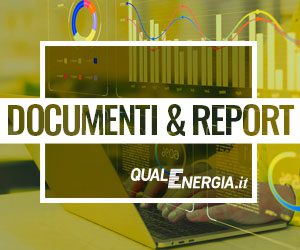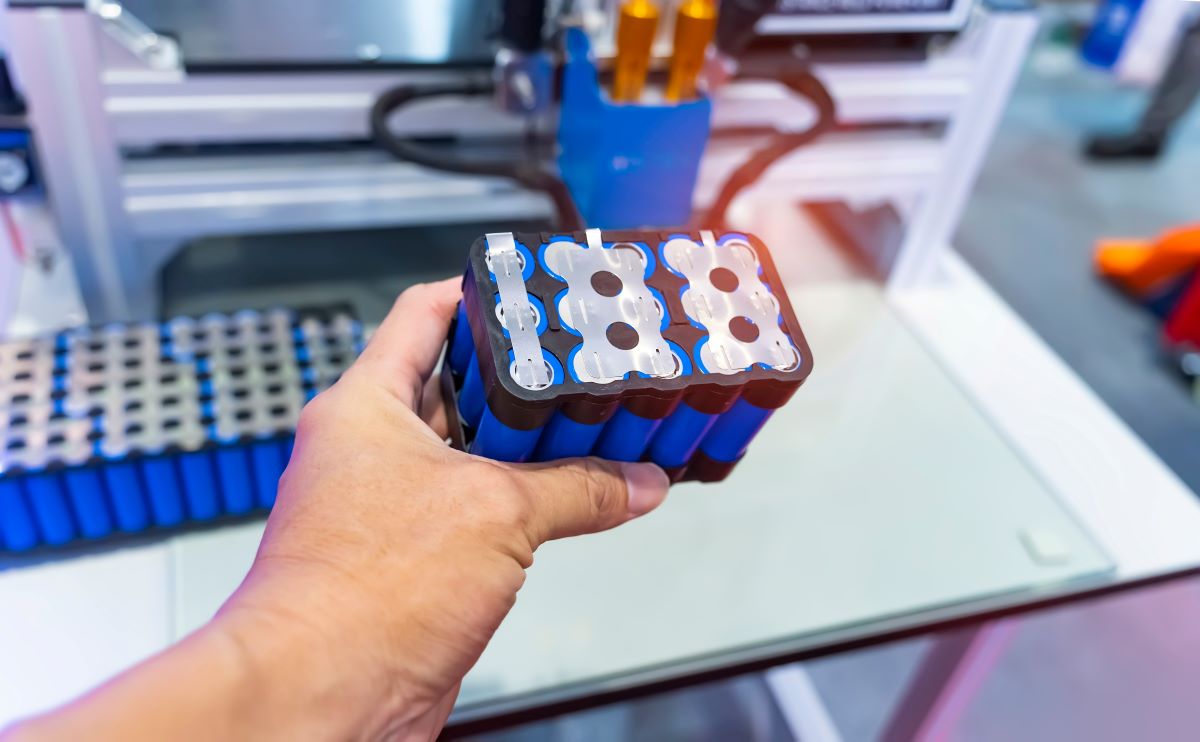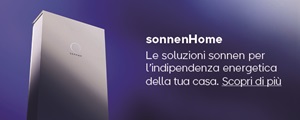Articles of Special “Biomethane, the investments will start”
Through the biological decomposition of organic substance in the absence of oxygen (anaerobic digestion), you get the so-called “biogas”, a mixture of various types of gas consisting mainly of methane (between 45 and 55%).
The Biomethane is obtained through a process of refining (upgrading) the biogas, such as to bring the percentage of methane to more than 95% by removing the Co2 and other impurities and contaminants. when the process of refining the biogas can be considered fully equivalent to the normal methane from fossil fuels, the use of which in Italy is mainly in domestic use and for heating operation through the network of natural gas grid that is extended, with the exception of Sardinia, for the whole country.
The annual consumption of natural gas through the network amounts to 23 billion cubic meters, with a consumption per inhabitant, in 2011, to just over 390 cubic meters, slightly lower than the average of the previous three years (4.5% less). In addition to domestic uses, it is steadily increasing in Italy the spread of vehicles powered by natural gas, or better hybrid power petrol-methane; the car fleet has more than doubled over 12 years now exceed the 770,000 vehicles driving in 2013, although the share of the total is still small.
One of the main obstacles to the diffusion of methane cars is represented by the spread of the distributors of natural gas for vehicles (1200 in Italy), especially considering that 45% of the operating plants is concentrated in just three regions (Emilia Romagna, Lombardia and Veneto).
With reference to the European Community rules for renewable sources, it must be recalled that directive 2009/28/EC of the European Parliament and of the Council of 23 April 2009, on the promotion of energy from renewable sources establishes two binding targets for member states 2020: the first is the 20% increase in the share of renewable sources in EU energy consumption in end-use, with a different objective for each state that for Italy was set at 17%. The second goal involves the attainment of 10% use of biofuels in the total consumption in transport for all member states.
Based on the scenario described, the national legislature has enacted, by Legislative decree of 3 march 2011 n. 28, specific provisions for the development of production of biomethane, that such technology can usefully contribute to achieving the objectives set by directive 28/2009, with particular reference to the transport sector for which still need more effort to achieve the objectives of the Community.
The provisions of Legislative decree no. 28/2011 were implemented with the inter-ministerial decree of 5 December 2013, which first establishes what is meant by “network”, broadening the definition to “all networks and transportation systems and gas distribution natural and biomethane “including:
- transport networks and distribution of natural gas whose managers have an obligation to connect third parties
- other transport networks
- transport systems using cylinder trucks and
- distributors of motor fuels, whether street, that private use, including agricultural use, also not connected to the networks of transport and distribution.
The decree applies to new plants built throughout the country, came into operation after its entry into law (18 December 2013) and within 5 years. For new plant it means a plant in which all relevant parts for the production, conveying, purification and refining are of new construction.
There are three kinds of production incentive, depending on whether the biogas is used for the introduction into the transmission and distribution of natural gas for domestic use and heating; It serves the production of electricity and heat, that is being used in transport.
The incentives provided by the decree also apply subject to certain conditions, to existing plants already producing biogas which is converted, partly or wholly, to the production of biomethane.
In the case of plants for the production of biomethane-owned farms, and individual members, the incentives of the decree biomethane be combined with other public incentives for the construction of the plants is in account interest that capital not exceeding 40% of the cost investment.
Following the changes introduced by Laws 9/2014 (Destination Italy) and 116/2014, the Ministry of economic development issued decree 10 October 2014, updating the conditions, criteria and procedures for implementing the obligation of release for consumption of biofuels and establishes quotas of biofuels to enter mandatory in consumption for the years beyond 2015, and introducing a minimum quota allocated to advanced biofuels.
For the first time in Europe it is then introduced a form of incentives for biofuel types of new generation, more efficient, resulting from non-food feedstocks or that enhance waste, residues and by-products. In this context also the biomethane produced from the arrays in the decree is granted the status of advanced biofuel that can then contribute to the achievement of specific targets introduced in 2018.
Over the last year all the institutions involved in the management of the complex chain of biomethane have worked on necessary implementing rules. CTI issued December 22, 2014 the guidelines for the qualification of economic operators (organizations) in the chain of production of biomethane for traceability and mass balance (UNI / TS 11567).
The Authority for electricity and gas issued in February 2015 the decision 46/2015 / R / gas with which they were defined a number of practical applications including guidelines for connecting to networks of natural gas and the previsions regarding the determination of the amount permitted to incentives.
The RT-31 of Accredia was updated with version 02 of 21 April 2015, to take into account the specificities of biomethane (paragraph 4.2.2 provides specific rules for the certification of producer of biomethane).
At the conclusion of this process, in the month of August, the gSe has issued guidelines for operators who require having access to incentives and certificates of release for consumption, while also providing the possibility of the qualification of the plants already in the planning stage .
With this measure we have been defined the last elements necessary for investment planning, which should allow the effective implementation in Italy of the first facilities of biomethane production in agriculture.













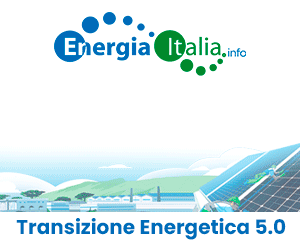


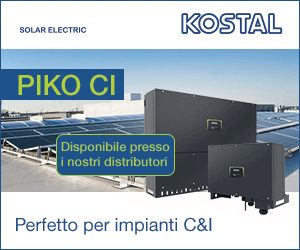







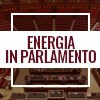
.gif)
